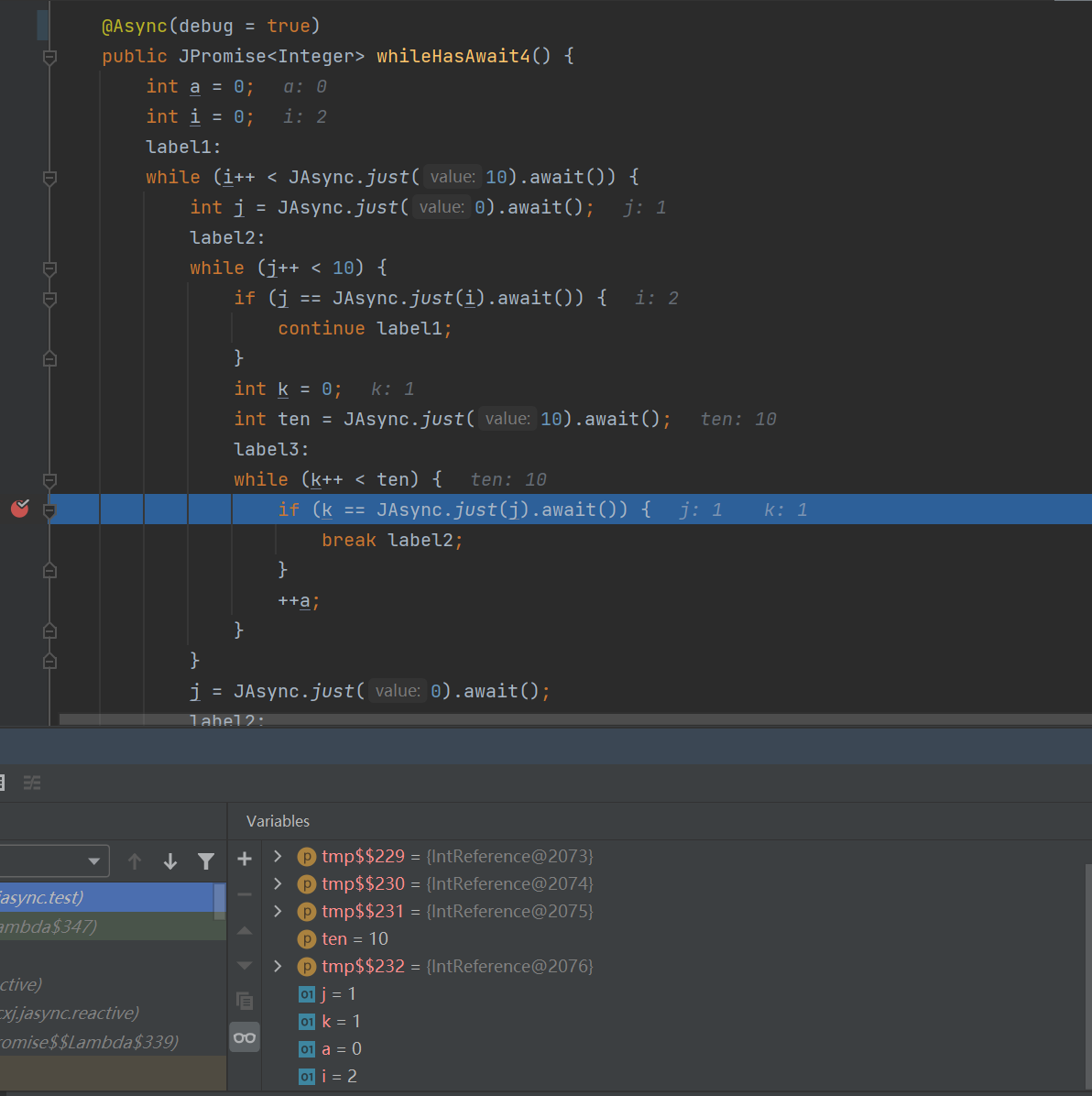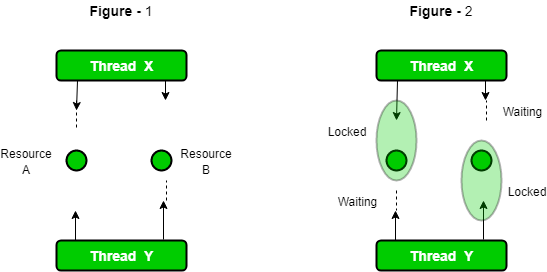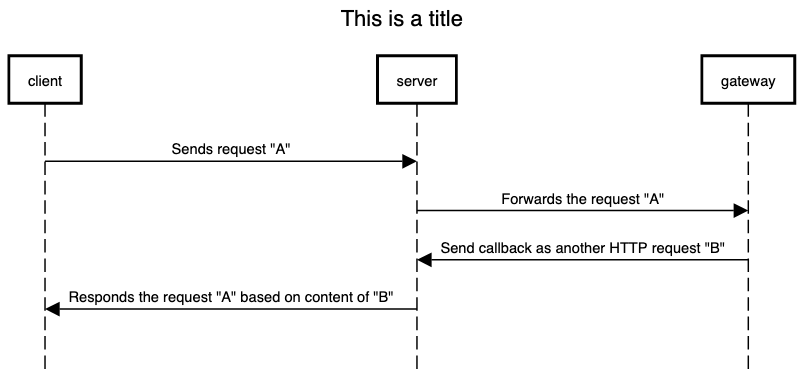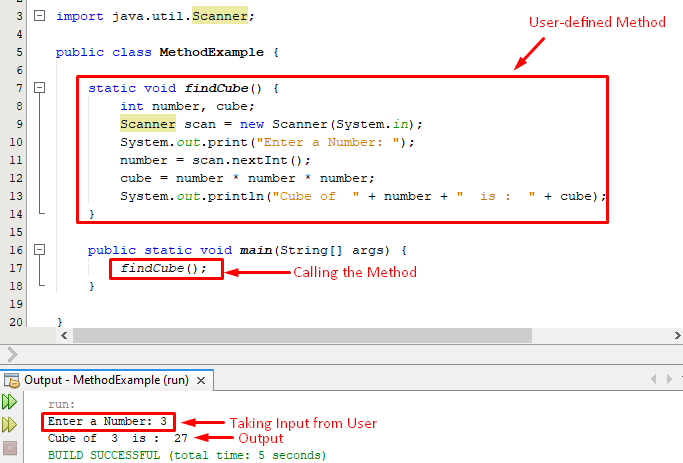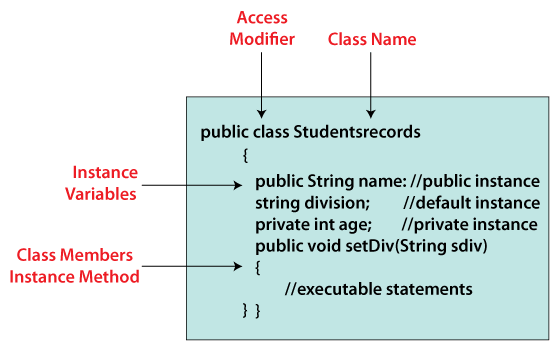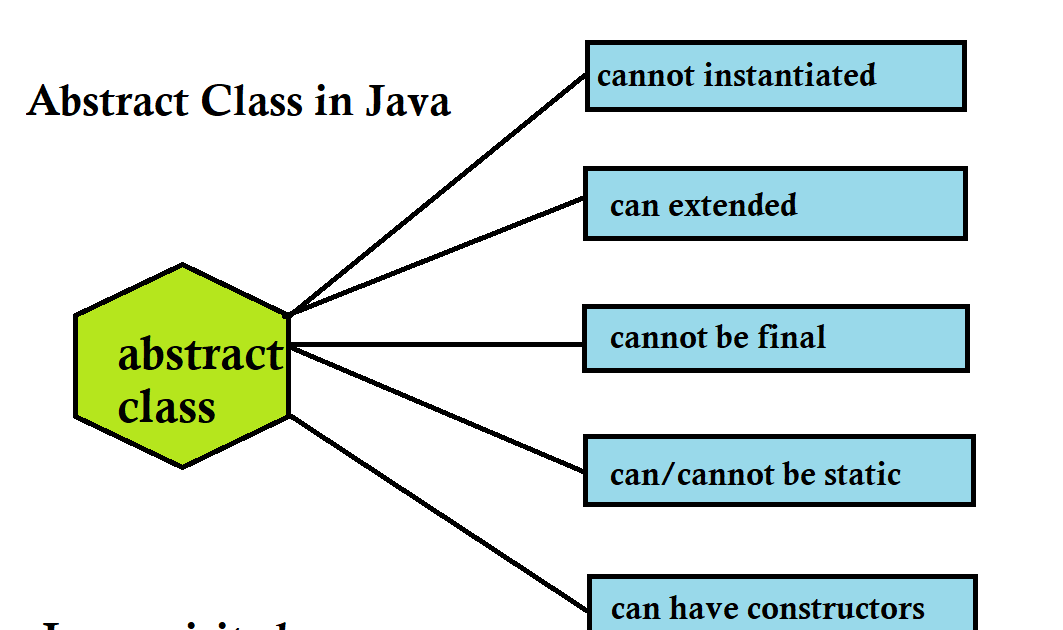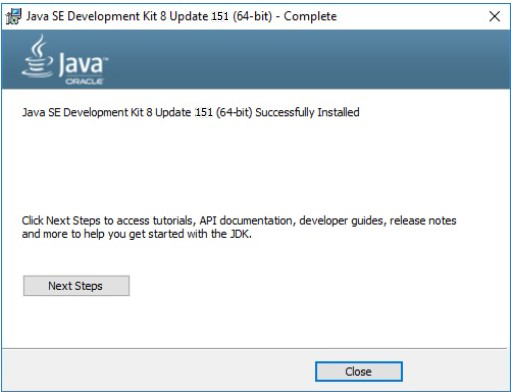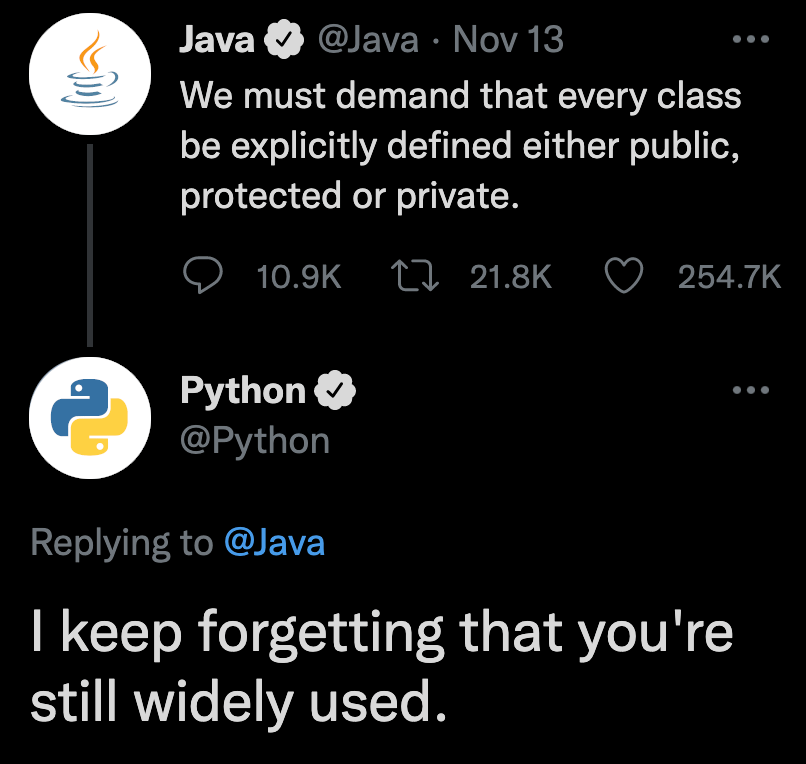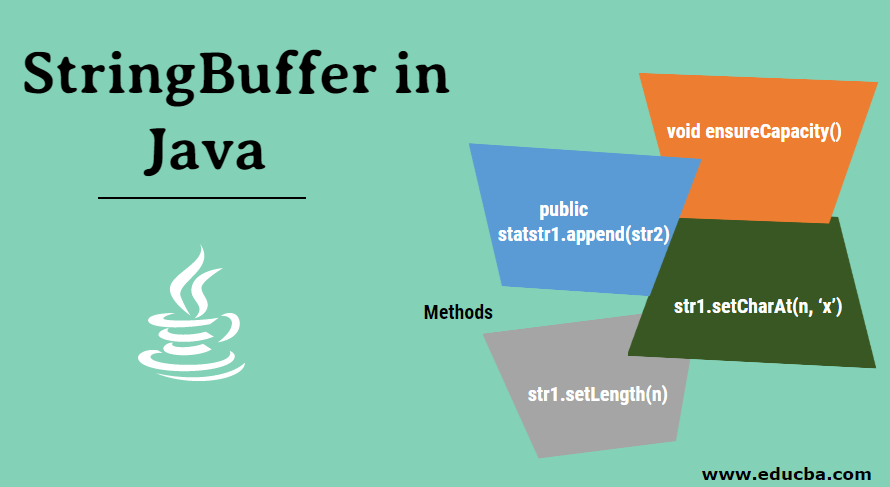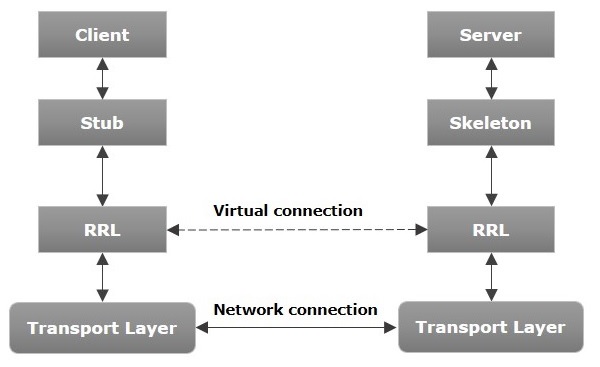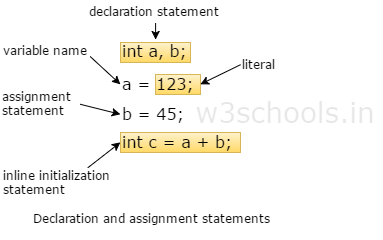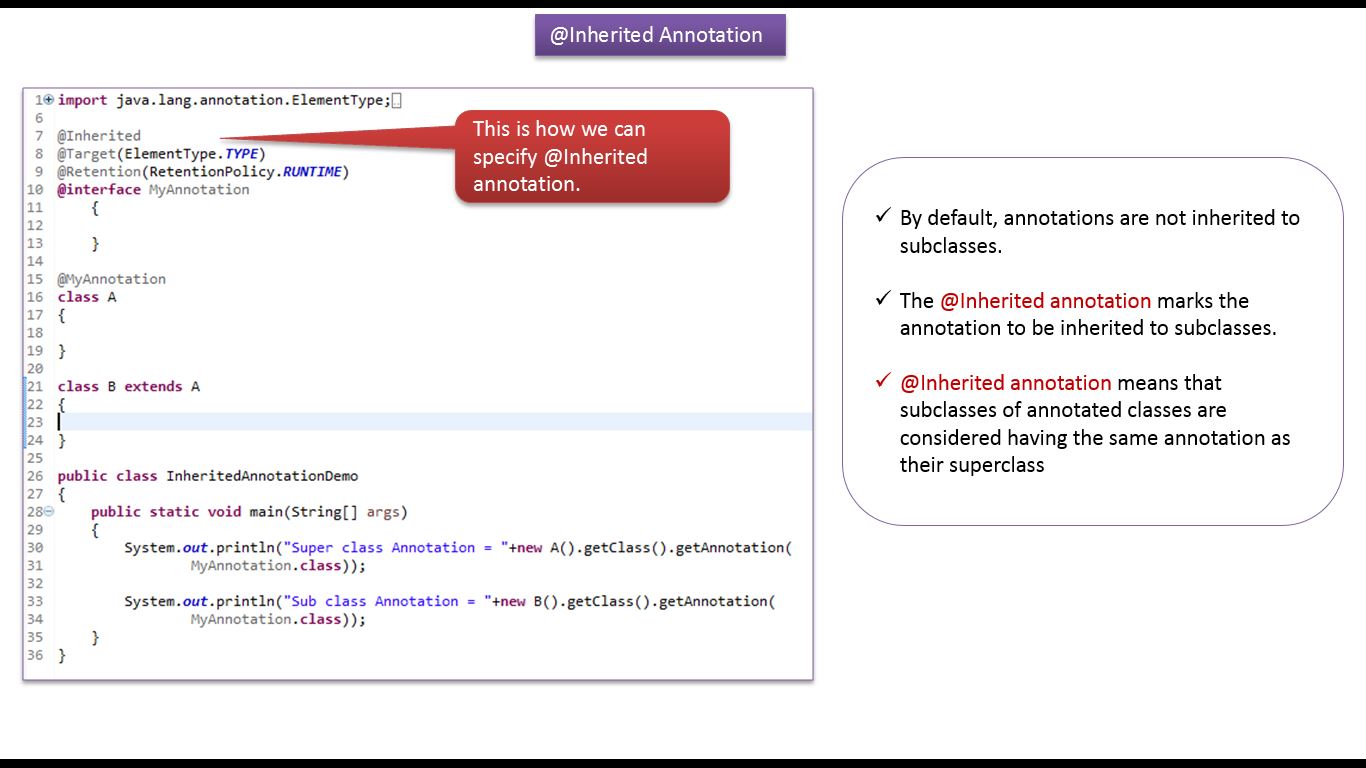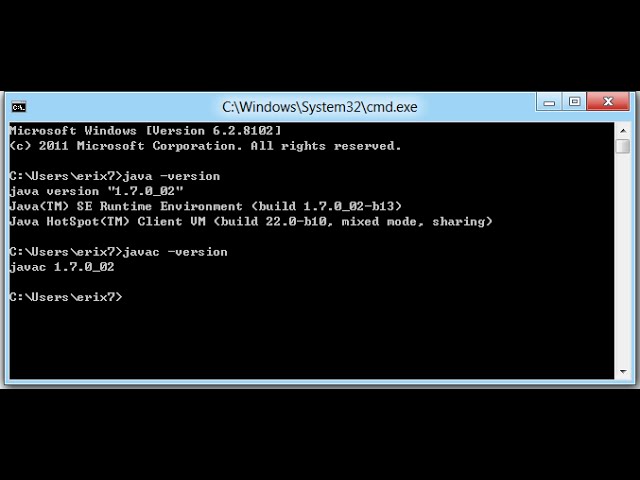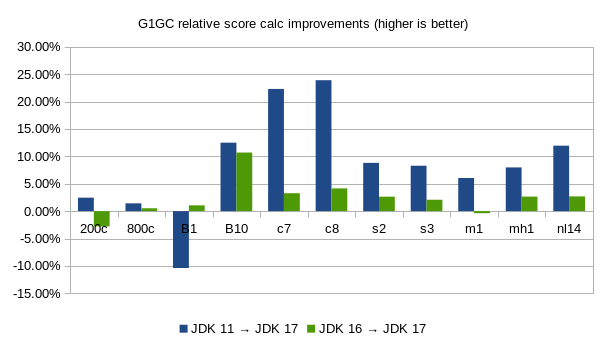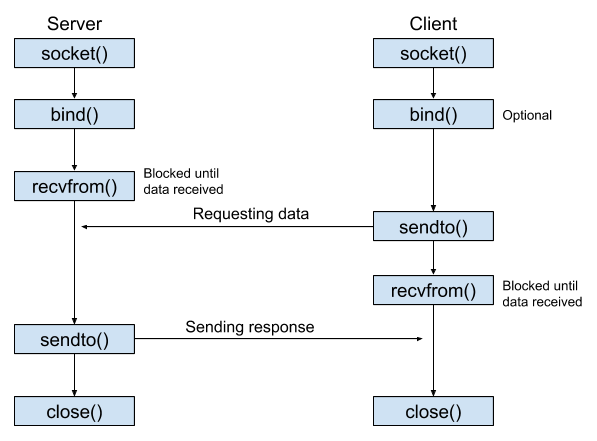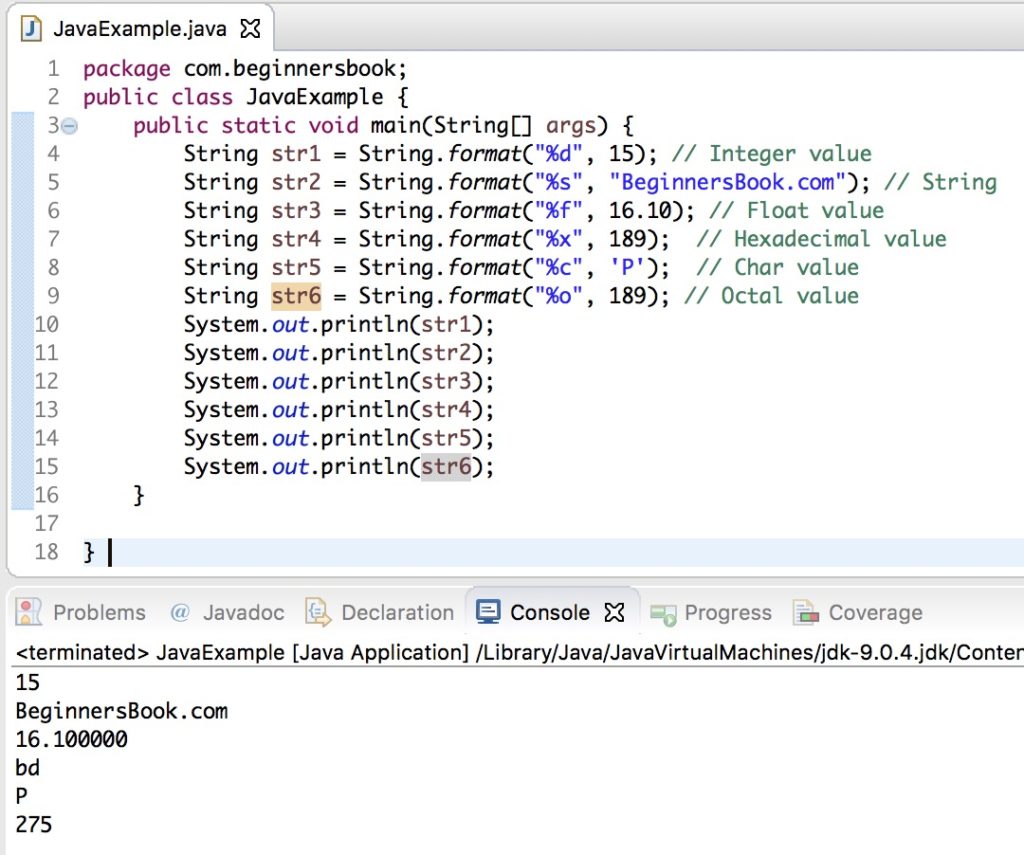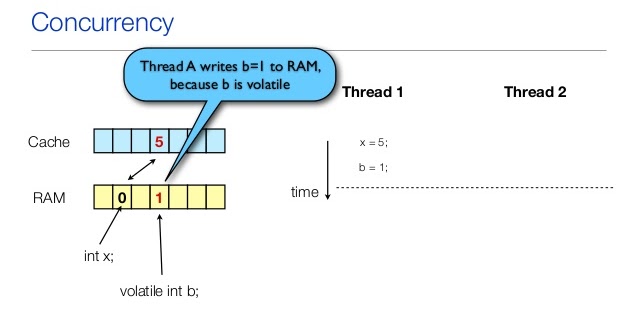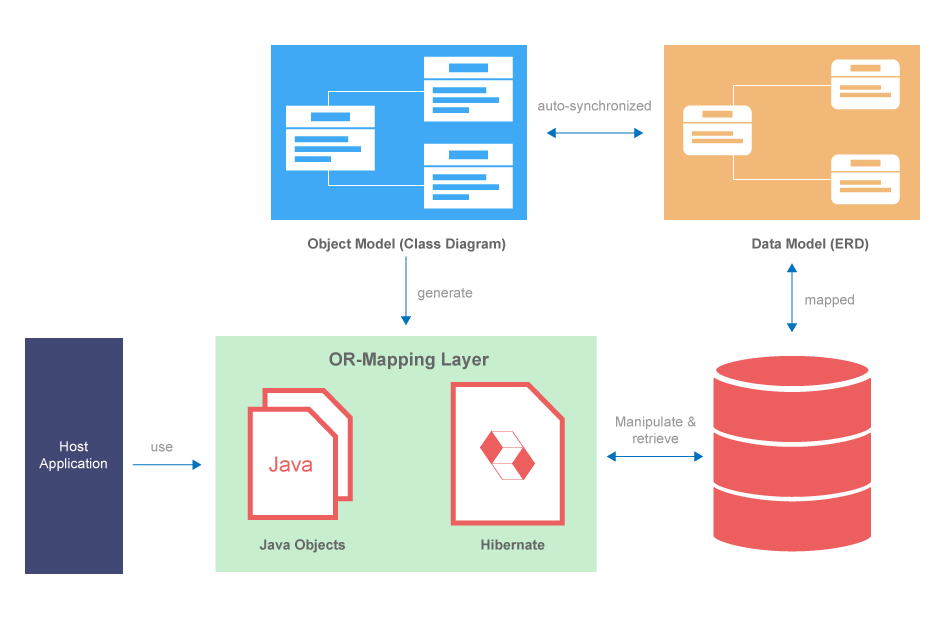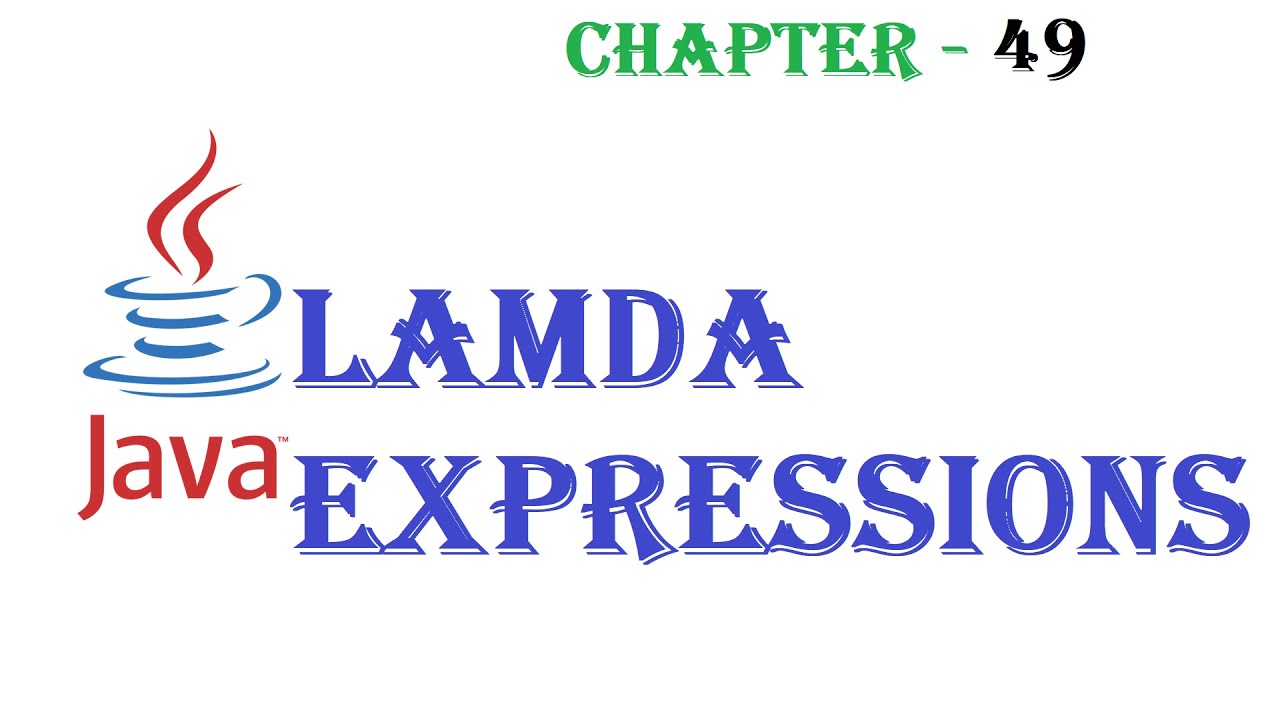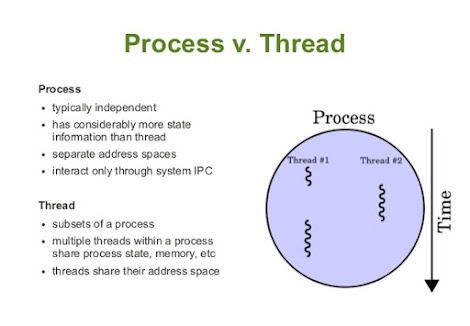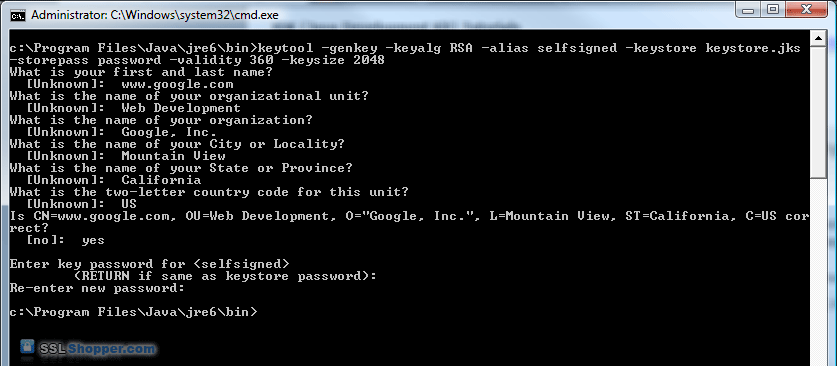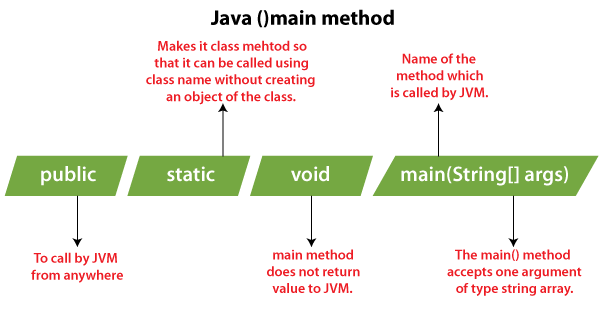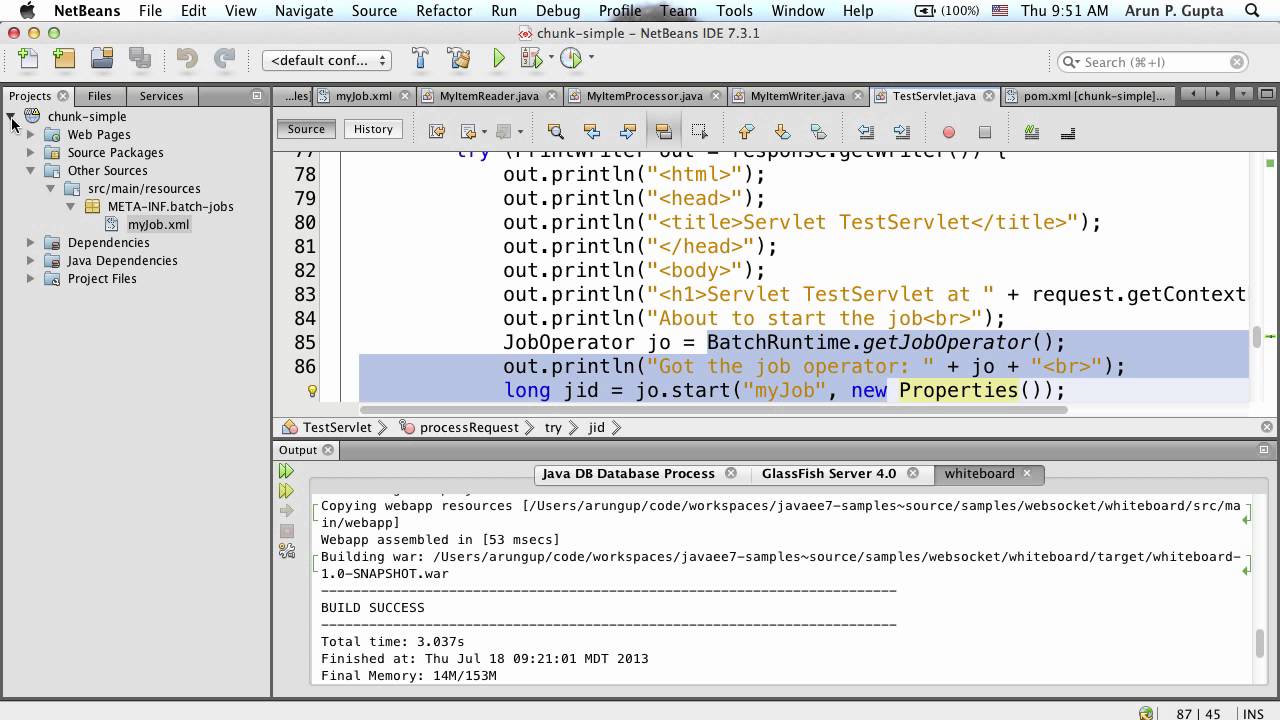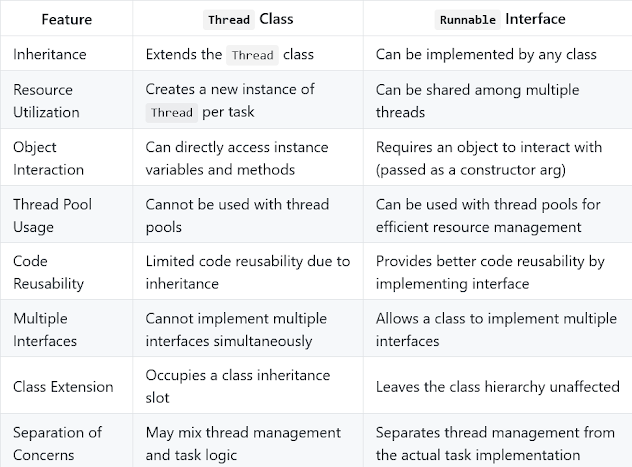Advantages of garbage collection in Java
Advantages of garbage collection in Java
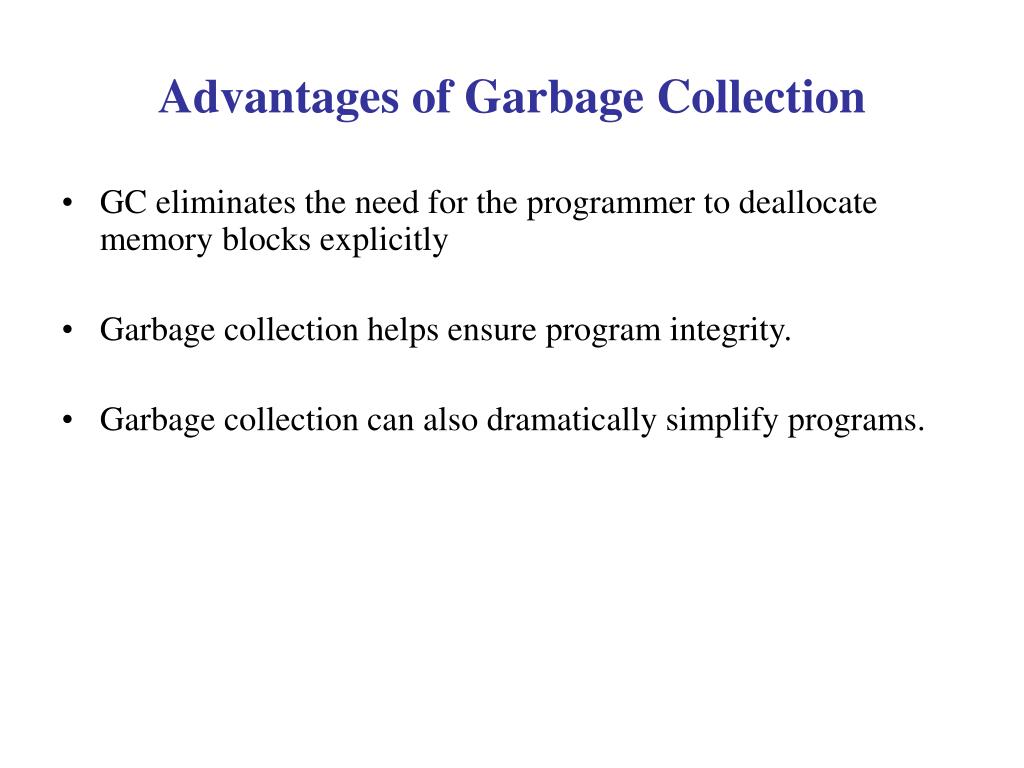
Here are the advantages of garbage collection in Java:
1. Memory Management: Garbage collection simplifies memory management for Java developers by automatically freeing up memory occupied by objects that are no longer needed or referenced. This prevents memory leaks and reduces the risk of running out of memory.
2. Reduced Manual Memory Management: Without garbage collection, developers would need to manually manage memory by creating and deleting objects, which can be error-prone and time-consuming. Garbage collection eliminates this burden, allowing developers to focus on writing code rather than managing memory.
3. Improved Program Reliability: Garbage collection ensures that the Java Virtual Machine (JVM) remains stable and efficient over time. The JVM can quickly respond to changing memory demands without manual intervention, reducing the risk of memory-related errors or crashes.
4. Better Resource Utilization: By automatically reclaiming unused memory, garbage collection promotes better resource utilization within the JVM. This leads to more efficient use of system resources, such as CPU and memory, resulting in improved overall system performance.
5. Reduced Risk of Memory-Related Errors: Without garbage collection, it's possible for objects to remain referenced even after they're no longer needed, leading to memory-related errors. Garbage collection mitigates this risk by identifying and removing unreachable objects, reducing the likelihood of such errors occurring.
6. Simplified Code Maintenance: As Java programs evolve and change over time, garbage collection helps maintain code integrity and reliability. With fewer manual memory management tasks required, developers can focus on modifying and updating their code without worrying about memory-related issues.
7. Improved Code Quality: By automatically managing memory, garbage collection encourages developers to write more robust, scalable, and maintainable code. This leads to higher-quality software that's less prone to memory-related errors and easier to evolve over time.
8. Compatibility with Large-Scale Systems: Garbage collection enables Java applications to scale efficiently in large-scale systems, where managing memory manually would become increasingly complex and error-prone. The JVM can effectively manage memory for millions of objects, ensuring the system remains stable and responsive.
In summary, garbage collection is a critical component of the Java ecosystem that provides numerous benefits, including simplified memory management, improved program reliability, better resource utilization, reduced risk of memory-related errors, simplified code maintenance, improved code quality, and compatibility with large-scale systems.
Types of garbage collection in java example
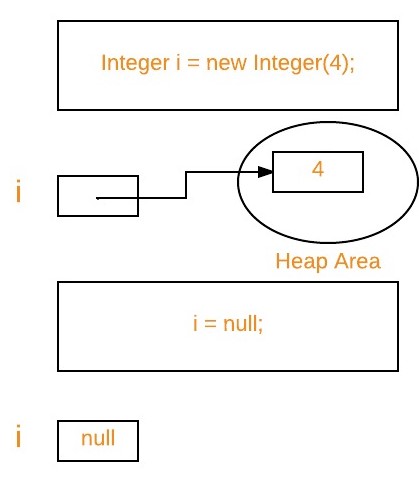
I'd be happy to explain the types of garbage collection in Java with examples!
In Java, garbage collection is a mechanism used by the Virtual Machine (JVM) to free up memory occupied by objects that are no longer needed or referenced. This process ensures that the program does not run out of memory and improves performance. There are several algorithms for garbage collection, which can be categorized into four main types:
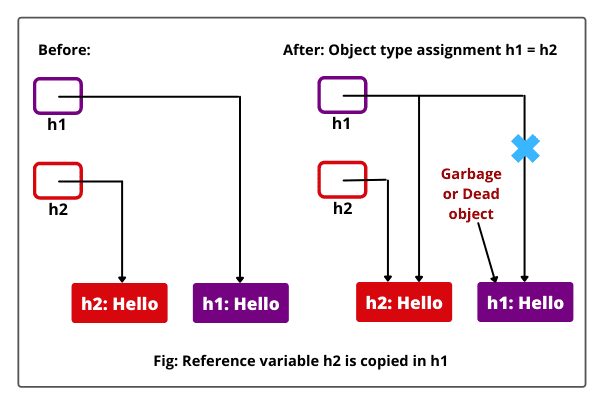
1. Mark-and-Sweep
The Mark-and-Sweep algorithm is one of the most widely used garbage collection techniques in Java. It works as follows:
Mark: The JVM starts by marking all reachable objects (i.e., objects that are referenced from the heap) using a graph traversal algorithm like DFS or BFS. Sweep: Once all reachable objects have been marked, the JVM sweeps through the heap to identify and free up memory occupied by unmarked objects.Here's an example in Java:
public class GarbageCollectorExample {
public static void main(String[] args) {
// Create a new object
Object obj = new Object();
// Reference the object
Object reference = obj;
// Simulate garbage collection
System.gc(); // Request the JVM to perform GC
// Check if the object has been garbage collected
try {
reference.hashCode(); // Attempt to access the object
System.out.println("Object is still reachable");
} catch (NullPointerException e) {
System.out.println("Object has been garbage collected");
}
}
}
2. Incremental Garbage Collection
Incremental garbage collection involves dividing the heap into smaller regions, and then performing garbage collection on one region at a time.
Here's an example in Java:
public class IncrementalGarbageCollectorExample {
public static void main(String[] args) {
// Create a new object
Object obj1 = new Object();
// Create another object
Object obj2 = new Object();
// Simulate incremental garbage collection
while (true) {
// Perform GC on one region at a time
System.gc(); // Request the JVM to perform GC
try {
obj1.hashCode(); // Attempt to access an object
break; // Stop if all objects are still reachable
} catch (NullPointerException e) {
// If any object has been garbage collected, stop
System.out.println("Object has been garbage collected");
break;
}
}
}
}
3. Concurrent Mark-and-Sweep
Concurrent mark-and-sweep garbage collection is a variation of the original algorithm that runs concurrently with the application threads.
Here's an example in Java:
public class ConcurrentGarbageCollectorExample {
public static void main(String[] args) throws InterruptedException, ExecutionException {
// Create a new object
Object obj = new Object();
// Simulate concurrent GC
ExecutorService executor = Executors.newSingleThreadExecutor();
Callable task = () -> {
try {
// Perform concurrent GC on one region at a time
System.gc(); // Request the JVM to perform GC
Thread.sleep(1000); // Pause for 1 second
// Check if the object has been garbage collected
try {
obj.hashCode(); // Attempt to access an object
System.out.println("Object is still reachable");
} catch (NullPointerException e) {
System.out.println("Object has been garbage collected");
}
} catch (InterruptedException e) {
Thread.currentThread().interrupt();
}
return null;
};
executor.submit(task).get(); // Wait for the task to finish
}
}
4. Generational Garbage Collection
Generational garbage collection divides objects into generations based on their age and performs GC on each generation separately.
Here's an example in Java:
public class GenerationalGarbageCollectorExample {
public static void main(String[] args) {
// Create a new young-generation object
Object obj = new Object();
// Simulate generational GC
while (true) {
// Perform GC on the young generation
System.gc(); // Request the JVM to perform GC
try {
obj.hashCode(); // Attempt to access an object
break; // Stop if all objects are still reachable
} catch (NullPointerException e) {
// If any object has been garbage collected, stop
System.out.println("Object has been garbage collected");
break;
}
}
}
}
In this example, the JVM divides objects into young and old generations based on their age. The algorithm performs GC only on the young generation, which contains the newer objects that are more likely to be garbage.
These are some of the main types of garbage collection in Java, along with examples demonstrating each algorithm's workings.
